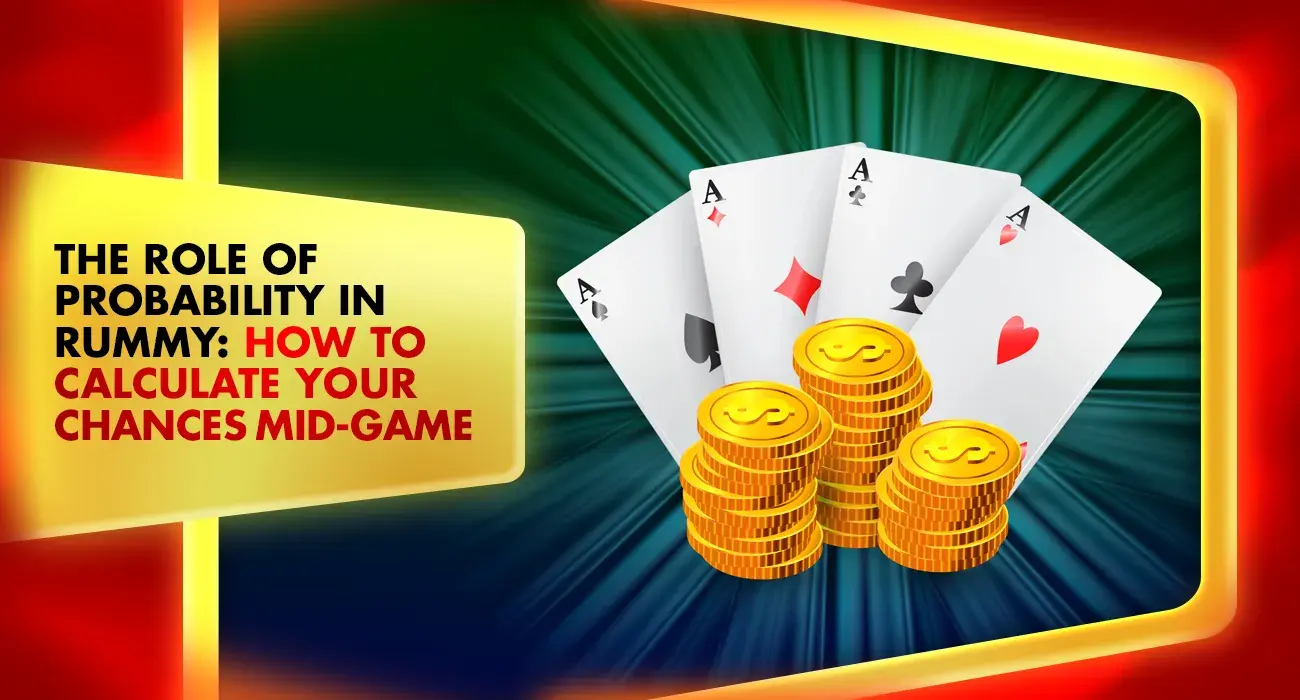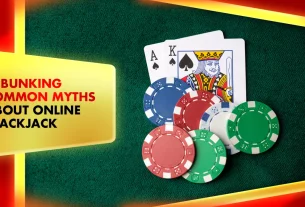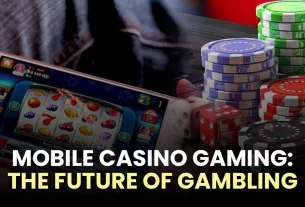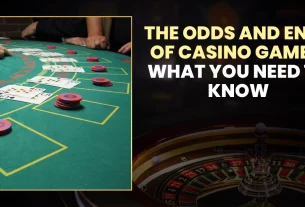At first glance, rummy looks like a game of luck mixed with skill. Cards are shuffled, dealt, and players adapt. But beneath the surface lies an important factor: probability. Just like poker players use odds to decide whether to call or fold, rummy enthusiasts can calculate the likelihood of completing sets, sequences, or drawing specific cards.
Understanding probability doesn’t guarantee a win—it sharpens decision-making. By reading the table, tracking discards, and estimating what’s left in the deck, players at Khelraja online casino or in home games gain a competitive edge.
1. Probability Basics in Rummy
Probability simply means the chance of something happening. In rummy, that “something” could be:
- Drawing the card that you need to complete a pure sequence.
- Estimating how likely an opponent is to have a Joker.
- Calculating whether a risky discard is safe.
For example, if you need a ♥10 to complete a sequence and you know only one ♥10 exists among the unseen cards, probability tells you the odds are slim. But if you’re waiting for any 10 (♥10, ♦10, ♣10, ♠10), your chances improve fourfold.
2. Using Discard Tracking to Improve Odds
One of the most effective ways to apply probability in rummy is by tracking the discard pile.
- If three 7s are already visible in the pile, the probability of drawing the fourth 7 drops to near zero.
- If you see opponents avoiding discards of certain suits, it’s likely they are building sequences in those suits.
By calculating what cards are “dead” and what might still be in play, you can estimate your real odds of completing specific combinations. This is especially important in online card games, where speed and accuracy matter.
3. Probability of Completing Sequences vs. Sets
In rummy, players must form at least one pure sequence. But should you focus on building sequences or sets first? Probability helps answer this.
- Sequences: Since a sequence can use multiple numbers within a suit, probability favours them. Example: waiting for a ♥6 can also work if a ♥5 or ♥7 arrives.
- Sets: Sets require identical ranks from different suits (e.g., ♠9, ♥9, ♦9). If one or two suits are already visible in discards, the probability of finishing a set drops.
Therefore, smart players prioritise sequences early, as the odds lean in their favour.
4. Mid-Game Probability Calculations
The mid-game stage is where probability plays its biggest role. Early game is about gathering options, late game is about finishing quickly—but in the middle, you decide which hands to keep investing in.
Consider this situation:
- You’re holding ♠5, ♥6, ♣7.
- You need either a ♣6 or ♠7 to build a sequence.
- Out of 52 cards, say you’ve seen 20 (your hand + discards + opponents’ visible plays).
This leaves 32 unseen cards. If two of those are your target, probability suggests you have a 2 in 32 (1 in 16) chance with the next draw. Not guaranteed, but useful enough to guide your next discard.
5. Probability and Joker Utilisation
Jokers can completely shift the probability in rummy. Instead of needing a specific card, any joker can stand in. That multiplies your chances of completing combinations.
Example: Without a joker, you might have a 1 in 20 chance of drawing the exact card needed. With a joker available, any of several different cards (including the joker itself) could complete your sequence, doubling or tripling your probability.
At live table games, watch carefully how jokers circulate—sometimes discarding a seemingly “useless” card can mislead opponents into thinking you don’t have a joker at all.
6. Calculating Risk in Discards
Probability isn’t only about what you need—it’s also about what your opponents are likely to grab.
If you discard a ♦Q, think: how many unseen players are likely waiting on that rank? If three queens are already out, the probability that anyone else can use it is low. If none are visible, your discard may strengthen an opponent.
This risk calculation is at the heart of rummy etiquette and strategy—never hand your opponents an easy win because you ignored probabilities.
Probability Compared Across Games
Why is Rummy’s probability focus unique compared to other games?
- Slots: Pure chance. No way to calculate probability beyond RTP percentages.
- Roulette: Fixed odds for every spin, no memory of past events.
- Lottery: Extremely low probability with no room for strategy.
- Rummy: Dynamic probability. Every draw, discard, and opponent move reshapes the odds.
This makes rummy one of the most intellectually engaging online gambling games, combining calculation with intuition.
Practical Tips to Apply Probability in Rummy
- Track cards constantly: Always know what’s been discarded and picked.
- Think in groups, not singles: Don’t wait for one specific card if multiple ranks or suits can work.
- Re-evaluate mid-game: If the probability of completing a hand drops, cut your losses and shift focus.
- Leverage jokers: Multiply your odds by using them smartly.
- Balance risk and reward: Sometimes a low-probability play is worth it if the payoff is huge.
Players at Khelraja online casino often find that blending these probability insights with traditional strategy improves both consistency and confidence.
Why Probability Is the Secret Weapon in Rummy
The best rummy players don’t rely on blind luck—they calculate, adapt, and use probability to their advantage. By applying these principles mid-game, you transform uncertain situations into informed decisions.
Probability won’t tell you the future, but it gives you the numbers behind the intuition, helping you know when to chase a sequence, when to discard safely, and when to pivot strategies.
Final Thoughts
Mastering the role of probability in rummy separates casual players from serious competitors. By learning to track discards, calculate chances mid-game, and apply probability to both your hand and your opponents’ moves, you’ll gain a powerful advantage in every match.
Whether at a casual table, in live table games, or on online card games, probability is your hidden ally. Use it wisely, and you’ll find yourself winning not just with good cards—but with smart decisions.






